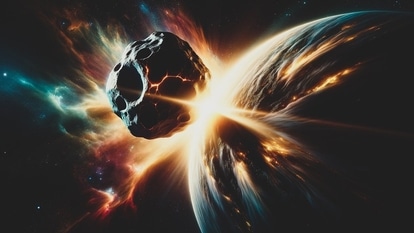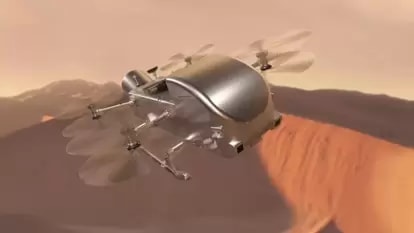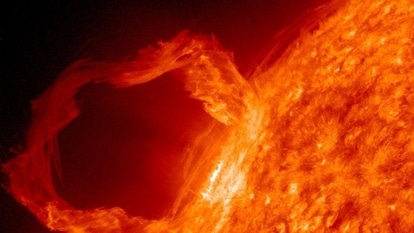Strange! Asteroids spit out PEBBLES! Secret revealed by this meteorite
A meteorite found on Earth has confirmed the mysterious behavior of asteroids where they spit out pebbles in space, according to a new study. This offers a new perspective on the composition of asteroids.
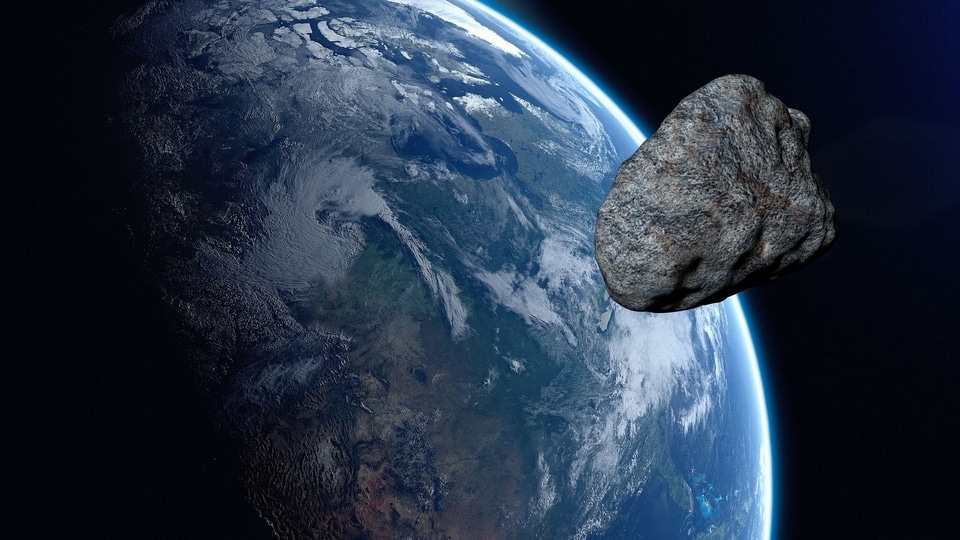

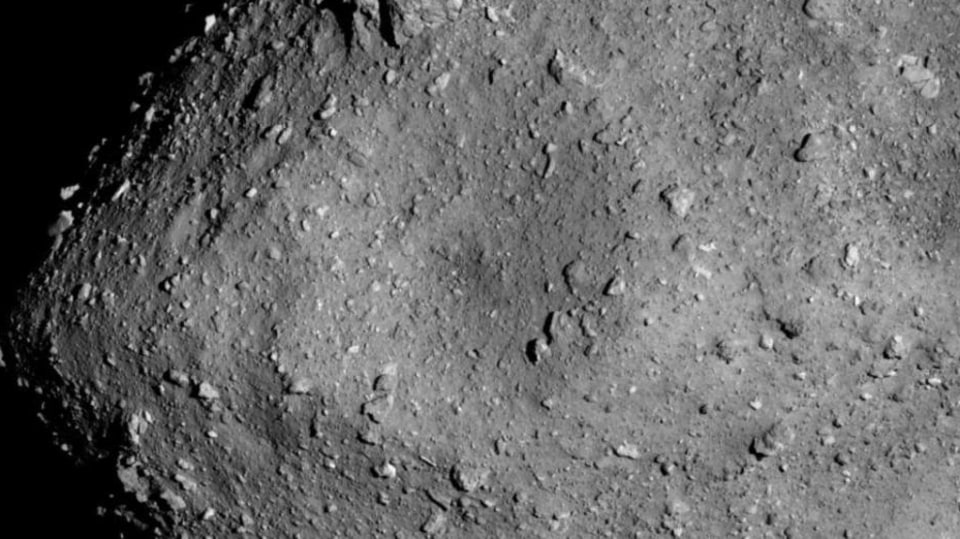
_1639115875543_1639115887157.jpg)
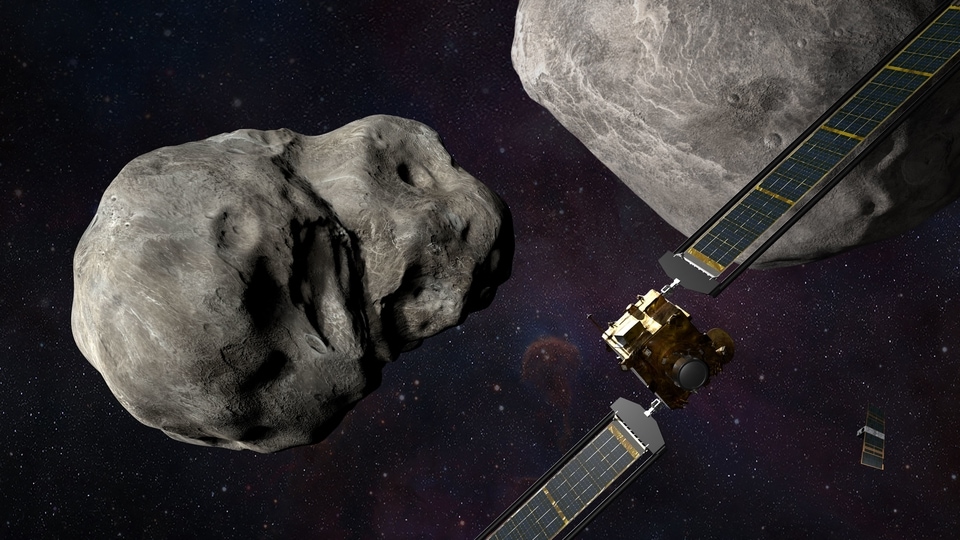

 View all Images
View all ImagesA couple of years ago, NASA OSIRIS-REx spacecraft discovered something strange and puzzling. Exploring the asteroid Bennu, it found that the space rock would mysteriously eject pebble-sized rocks in space. Scientists were not able to figure out the reason behind this phenomenon. Till date, this weird occurrence has confused astronomers on Earth. But now, there might be a breakthrough soon after an unbelievable coincidence led to a group of researchers finding a meteorite which might unravel this secret behavior of asteroids. Read on to know more.
According to a new study published in the Nature Astronomy journal, the meteorite Aguas Zarcas which struck the Earth in 2019 and was named after the Costa Rican town where it fell, has shown similar characteristics in its composition. Small and hard pebble-like structures have been found inside it which apparently are much harder than the rest of the meteorite.
Interestingly, the astronomers were not even looking for this phenomenon. The discovery of these pebbles is nothing short of a miraculous coincidence.
Scientists find evidence for the spitting behavior of asteroids by accident
“We were trying to isolate very tiny minerals from the meteorite by freezing it with liquid nitrogen and thawing it with warm water, to break it up. That works for most meteorites, but this one was kind of weird — we found some compact fragments that wouldn't break apart,” said Xin Yang, a graduate student in geochemistry at the University of Chicago and the lead author of the study in a statement.
Instead of crushing the particles and continuing the research, they decided to check out these pebble sized particles to understand why it did not break apart, according to a report by Space.com.
“Xin had a very open mind. I'm not going to crush these pebbles to sand; this is interesting,” said Philipp Heck, senior author of the study.
After doing a CT scan of the rocks, the researchers found out that the rocks were not spherical but squished and they all had the same orientation. It was clear that the pebbles had experienced something the rest of the meteorite didn't. By making computer models, they found that a possibility could be that the asteroid from where the meteorite broke apart must have undergone a collision with another asteroid. The rock particles must have broken from the asteroid but stayed stuck inside its surface. Then thermal cycles of coming close to the Sun and moving away made these rocks more brittle and harder which would often escape from the asteroids giving it a “spitting” appearance.
This is just a theory at this point but this sheds some light on what might be happening to these asteroids.
Catch all the Latest Tech News, Mobile News, Laptop News, Gaming news, Wearables News , How To News, also keep up with us on Whatsapp channel,Twitter, Facebook, Google News, and Instagram. For our latest videos, subscribe to our YouTube channel.




